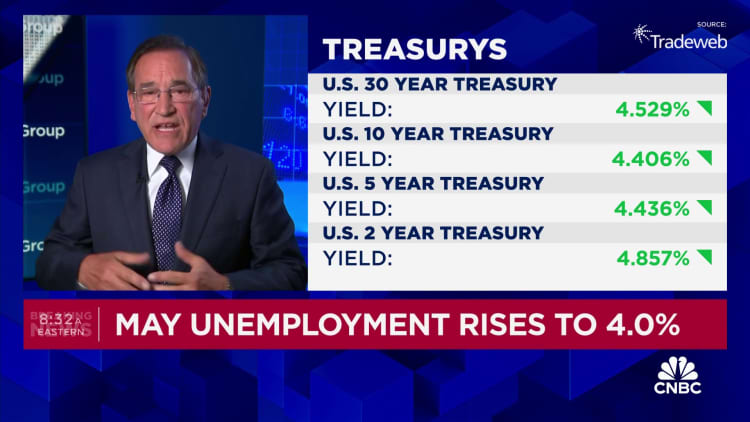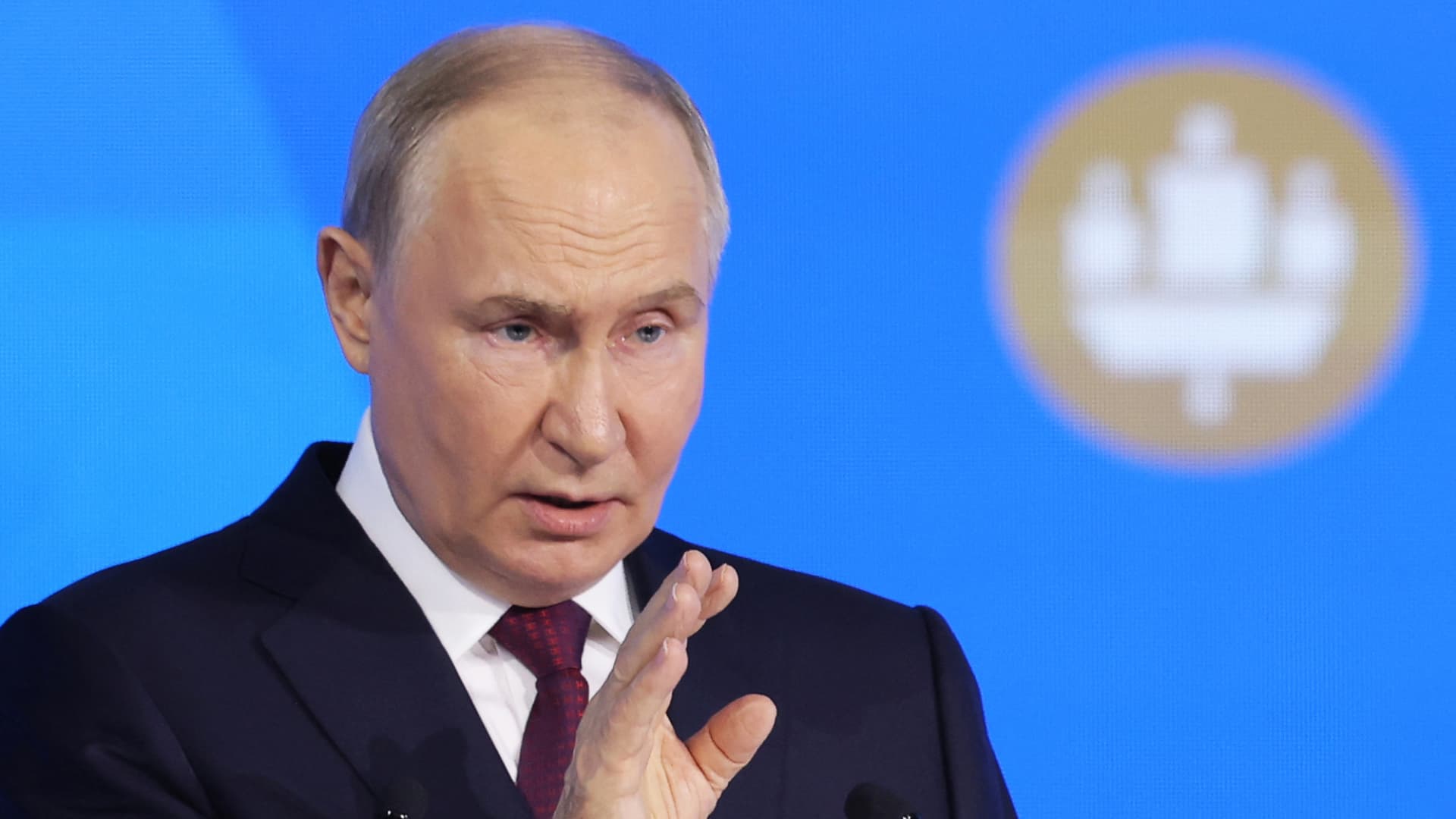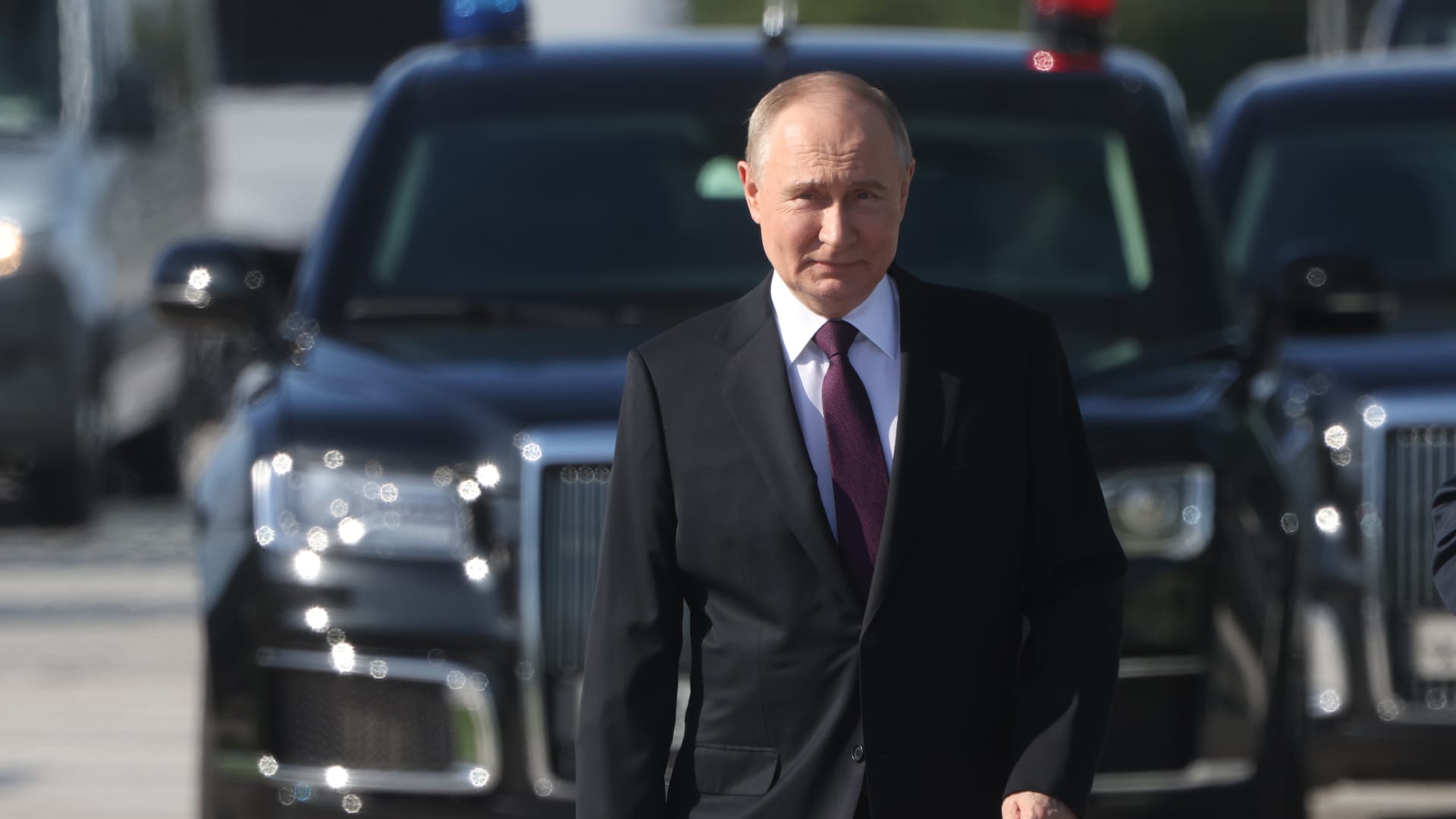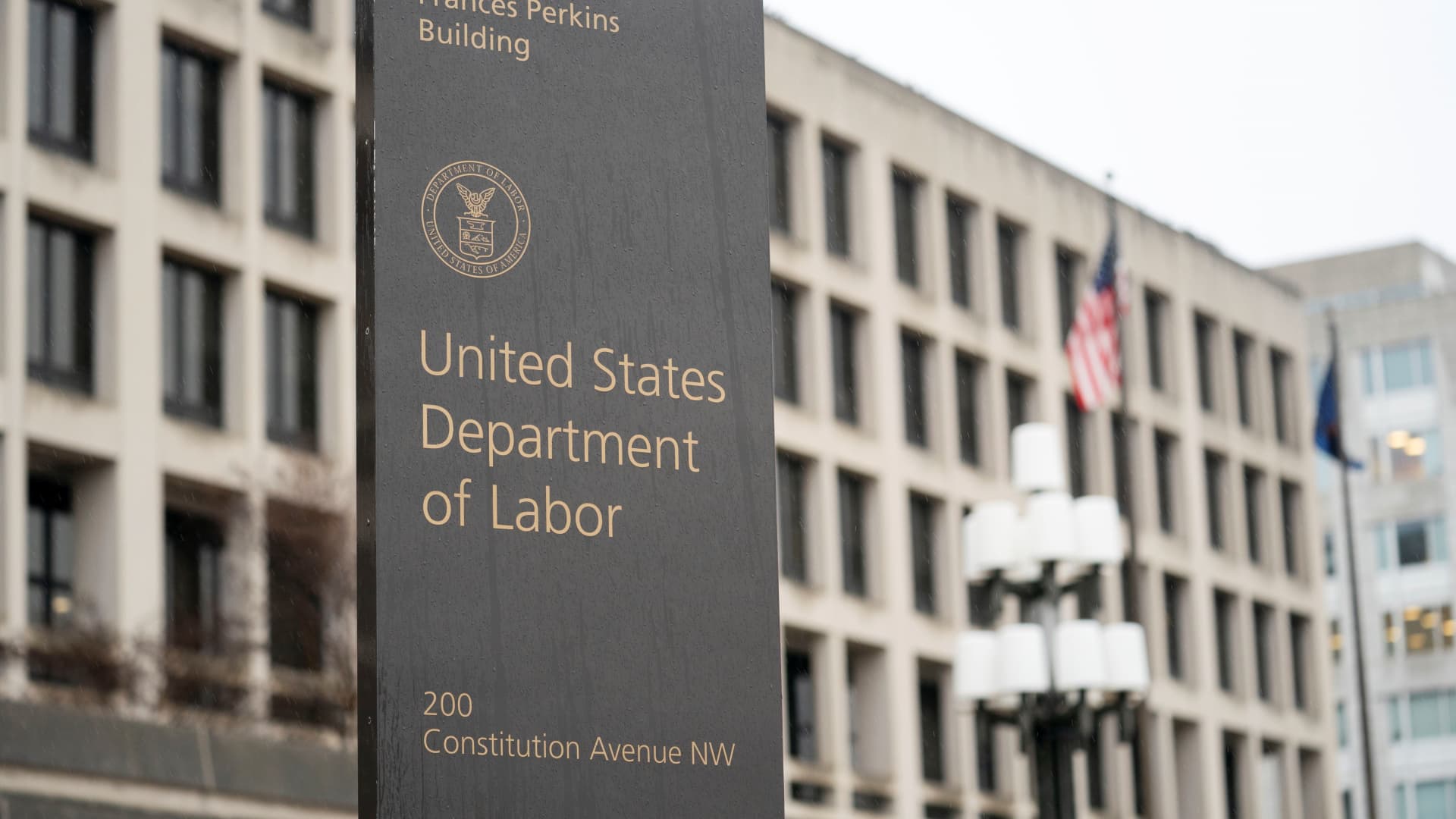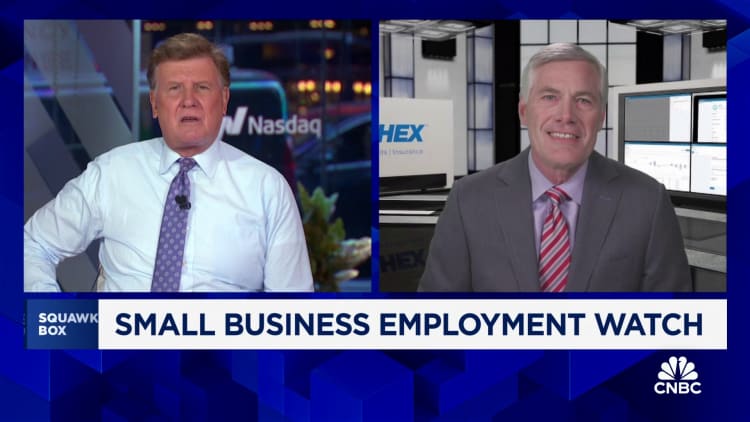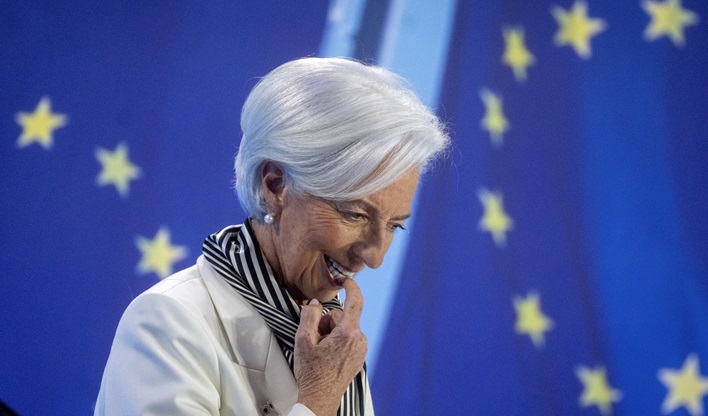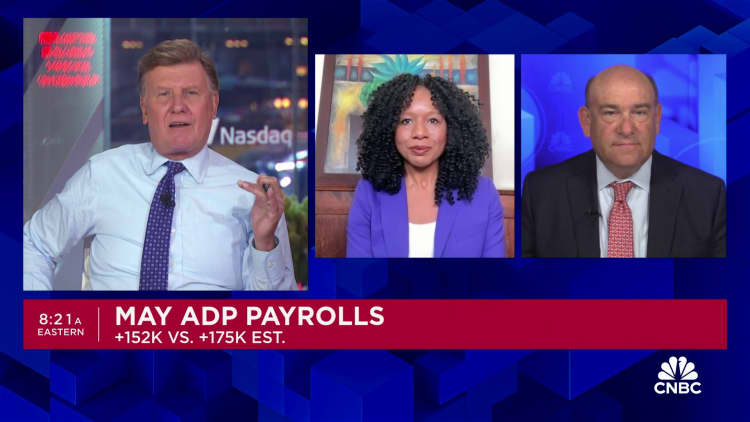The unemployment rate rose for all racial groups except for white Americans in May. The uptick in jobless rates was more pronounced for Black men than women. Black men saw their unemployment rate jump to 6.4% from 5.2%. The number of eligible adults looking for jobs fell for white and Black workers, rose for Asian Americans and held steady for Hispanic workers. A representative speaks with a jobseeker at a job fair at Brunswick Community College in Bolivia, North Carolina, on April 11, 2024. Allison Joyce | Bloomberg | Getty Images
The unemployment rate for white Americans held steady from April to May, bucking the trend for all other racial groups, according to data released Friday by the Labor Department.
White unemployment remained at 3.5% last month, making the demographic group the only one that didn’t experience a rise in jobless rates from April to May. It also went against the overall unemployment rate, which edged higher to 4% from 3.9%.
Meanwhile, the jobless rate for Black Americans rose to 6.1% from 5.6%. For Asian and Hispanic workers, respectively, it rose to 3.1% from 2.8%, and to 5% from 4.8%.
“We obviously need to watch out for what’s happening with historically marginalized groups to make sure that the recovery gets experienced,” said Elise Gould, senior economist at the Economic Policy Institute.
But Gould isn’t particularly worried about the uptick in jobless rates for certain demographics just yet. “We’re not seeing any real divergence from trends there,” she added.
Gould noted that the trend was slightly stronger for Black men, who saw their unemployment rate jump to 6.4% from 5.2%, versus an increase to 5.2% from 5% for their female counterparts. The economist attributed this increase to labor force volatility and pointed out that the number has pretty much risen back to its previous levels from earlier this year.
Among white workers, the labor force participation rate crept lower, to 62.2% from 62.3%.
The overall labor force participation rate also fell to 62.5% from 62.7% and decreased to 62.9% from 63.2% for Black Americans. However, the metric rose to 65.3% from 64.7% for Asian Americans, while it held steady at 67.3% for Hispanic workers.
— CNBC’s Gabriel Cortes contributed to this report.

